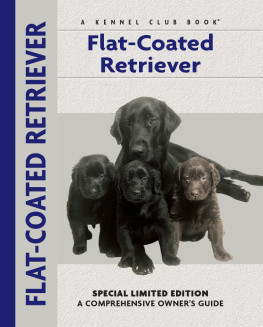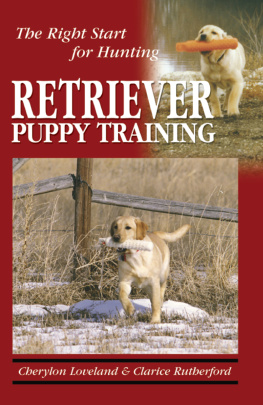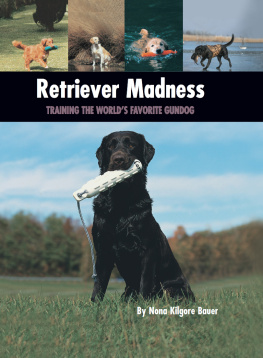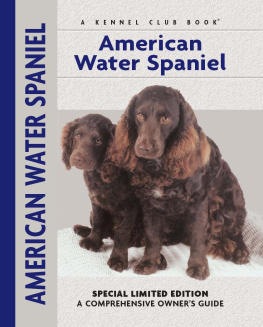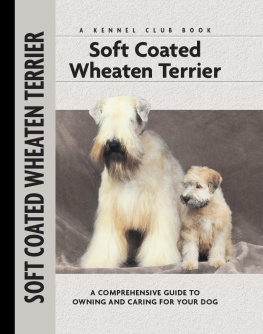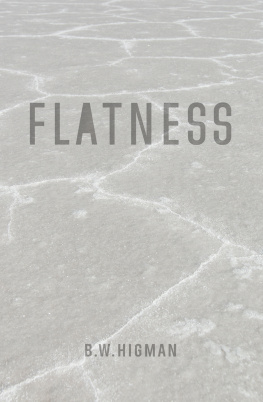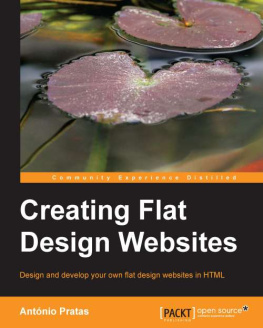Physical Characteristics of the Flat-Coated Retriever
(from the American Kennel Club breed standard)
Head: Long, clean, well molded.
Skull and Muzzle: Fairly flat skull of moderate breadth and flat, clean cheeks, combined with the long, strong, deep muzzle.
Eyes: Set widely apart. Medium sized, almond shaped, dark brown or hazel.

Stop: Gradual, slight, barely perceptible.
Ears: Relatively small, well set on, lying close to the side of the head.
Neck: Strong and slightly arched for retrieving strength.
Nose: Large open nostrils.
Lips: Fairly tight, firm, clean and dry.
Jaws: Long and strong.
Forechest: Prow prominent and well developed.
Chest: Deep, reaching to the elbow and only moderately broad.
Forequarters: Shoulders long, well laid back shoulder blade with upper arm of approximately equal length. Elbows clean, close to the body and set well back under the withers. Forelegs straight and strong with medium bone of good quality. Pasterns slightly sloping and strong.
Underline: Deep chest tapering to a moderate tuck-up.
Color: Solid black or solid liver.
Topline: Strong and level.
Loin: Strong, well muscled and long enough to allow for agility, freedom of movement and length of stride.
Coat: Of moderate length, density and fullness, with a high luster. The ideal coat is straight and flat lying.
Tail: Fairly straight, well set on, with bone reaching approximately to the hock joint.
Size: Preferred height is 23 to 24.5 inches at the withers for dogs, 22 to 23.5 inches for bitches.
Hindquarters: Powerful with angulation in balance with the front assembly. Upper thighs powerful and well muscled. Good turn of stifle with sound, strong joint. Hock joint strong, well let down.
Feet: Oval or round. Medium sized and tight with well arched toes and thick pads.

Contents
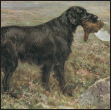
Known from its beginnings as a superior worker who possessed form as well as function, the Flat-Coated Retriever has always been a favorite in the field and in the show ring. Follow the evolution of the breed and learn about the people who were instrumental in its establishment.
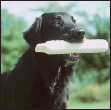
Energetic, puppy-like and gregarious, the Flat-Coated Retriever is always ready for action and to make a new friend. Discover the unique traits that distinguish the Flat-Coat from the other retriever breeds; also learn about its physical characteristics and breed-specific abilities.

Learn the requirements of a well-bred Flat-Coated Retriever by studying the description of the breed set forth in the American Kennel Club standard. Both show dogs and pets must possess key characteristics as outlined in the breed standard.
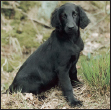
Find out about how to locate a well-bred Flat-Coated Retriever puppy. Discover which questions to ask the breeder and what to expect when visiting the litter. Prepare for your puppy-accessory shopping spree. Also discussed are home safety, the first trip to the vet, socialization and some basic puppy problems.
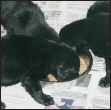
Cover the specifics of taking care of your Flat-Coated Retriever every day: feeding for the puppy, adult and senior dog; grooming, including coat care, ears, eyes, nails and bathing; and exercise needs for your dog. Also discussed are dog ID and boarding.
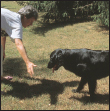
Begin with the basics of training the puppy and adult dog. Learn the principles of house-training the Flat-Coated Retriever, including the use of crates and basic scent instincts. Get started by introducing the pup to his collar and leash, and progress to the basic commands. Find out about obedience classes and other activities.

By Lowell Ackerman DVM, DACVD
Become your dogs healthcare advocate and a well-educated canine keeper. Select a skilled and able veterinarian. Discuss pet insurance, vaccinations and infectious diseases, the neuter/spay decision, parasite control and breed-specific health concerns, along with a special section on canine eye disease.
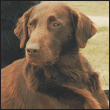
Know when to consider your Flat-Coated Retriever a senior and what special needs he will have. Learn to recognize the signs of aging in terms of physical and behavioral traits and what your vet can do to optimize your dogs golden years. Consider some advice about saying goodbye to your beloved pet.
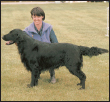
Step into the center ring and find out about the world of showing pure-bred dogs. Heres how to get started in AKC shows, how they are organized and whats required for your dog to become a champion. Take a leap into the realms of obedience trials, agility, tracking tests, field trials and hunting events.
K ENNEL C LUB B OOKS F LAT- C OATED R ETRIEVER
ISBN 13: 978-1-59378-220-7
eISBN 13: 978-1-62187-001-2
Copyright 2005 Kennel Club Books An Imprint of I-5 Press A Division of I-5 Publishing, LLC
3 Burroughs, Irvine, CA 92618 USA
Cover Design Patented: US 6,435,559 B2 Printed in South Korea
All rights reserved. No part of this book may be reproduced in any form, by photostat, scanner, microfilm, xerography or any other means, or incorporated into any information retrieval system, electronic or mechanical, without the written permission of the copyright owner.
10 9 8 7 6 5 4 3 2 1
Photography by Carol Ann Johnson and Alice Roche
with additional photographs by
Paulette Braun, T.J. Calhoun, Isabelle Franais, Bill Jonas and Alice van Kempen.
Illustrations by Rene Low and Patricia Peters.
The publisher wishes to thank all of the owners of the dogs featured in this book, including Gillian Impey, Sean McGrath and Margaret Palven.

The Flat-Coated Retriever has always been an all-around favoriteloved for its ability in the field, its beauty and its temperament.
Next page
